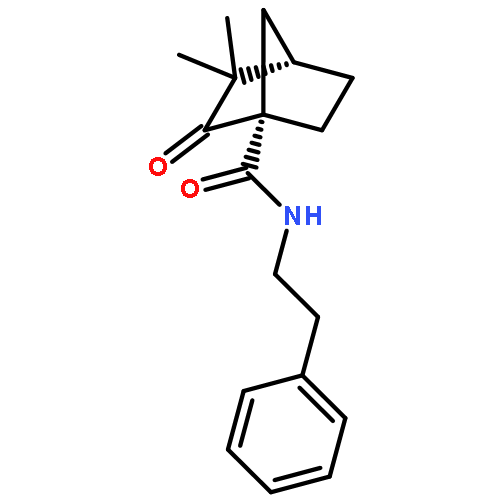In this paper, we successfully improved the spectral stability in blue/orange complementary white organic light-emitting diodes (OLEDs) by utilizing hole-type single host double emissive layer structure. The demonstrated double emissive layer structure effectively suppresses the direct recombination of electron–hole pairs on the hole-trapping orange phosphor and thus reduces the deteriorated effect of charge trapping on electroluminescence spectrum stability by controlling exciton recombination zone. It is shown that the white light emission is a cascade energy transfer process from host to blue phosphor and then to orange phosphor, which seems to be less affected by the driving conditions. Thus, the change in Commission Internationale de L’Eclairage coordinates (CIE) in the white OLEDs is less than (±0.010, ±0.007) as the voltage increases from 4 V to 9 V, which correspond to the luminance increasing from 200 cd m−2 to about 20,000 cd m−2. This is superior to that of co-doped single emissive layer devices, which show much larger CIEs variation of (±0.05, ±0.02) in the same driving voltage range. We gave detailed analysis on the exciton recombination processes and well elucidated the working mechanism of the fabricated double emissive layer structure white OLEDs.Graphical abstract

Highlights► It is found that multi-emission layer white OLED shows better color stability than single layer one. ► It is important to suppress the direct electron/hole recombination on the charge trapping orange phosphorescent dye. ► The width of the recombination zone in our single hole-type host white OLED is found to be about 3 nm.
 Highlights► It is found that multi-emission layer white OLED shows better color stability than single layer one. ► It is important to suppress the direct electron/hole recombination on the charge trapping orange phosphorescent dye. ► The width of the recombination zone in our single hole-type host white OLED is found to be about 3 nm.
Highlights► It is found that multi-emission layer white OLED shows better color stability than single layer one. ► It is important to suppress the direct electron/hole recombination on the charge trapping orange phosphorescent dye. ► The width of the recombination zone in our single hole-type host white OLED is found to be about 3 nm. Highlights► It is found that multi-emission layer white OLED shows better color stability than single layer one. ► It is important to suppress the direct electron/hole recombination on the charge trapping orange phosphorescent dye. ► The width of the recombination zone in our single hole-type host white OLED is found to be about 3 nm.
Highlights► It is found that multi-emission layer white OLED shows better color stability than single layer one. ► It is important to suppress the direct electron/hole recombination on the charge trapping orange phosphorescent dye. ► The width of the recombination zone in our single hole-type host white OLED is found to be about 3 nm.


